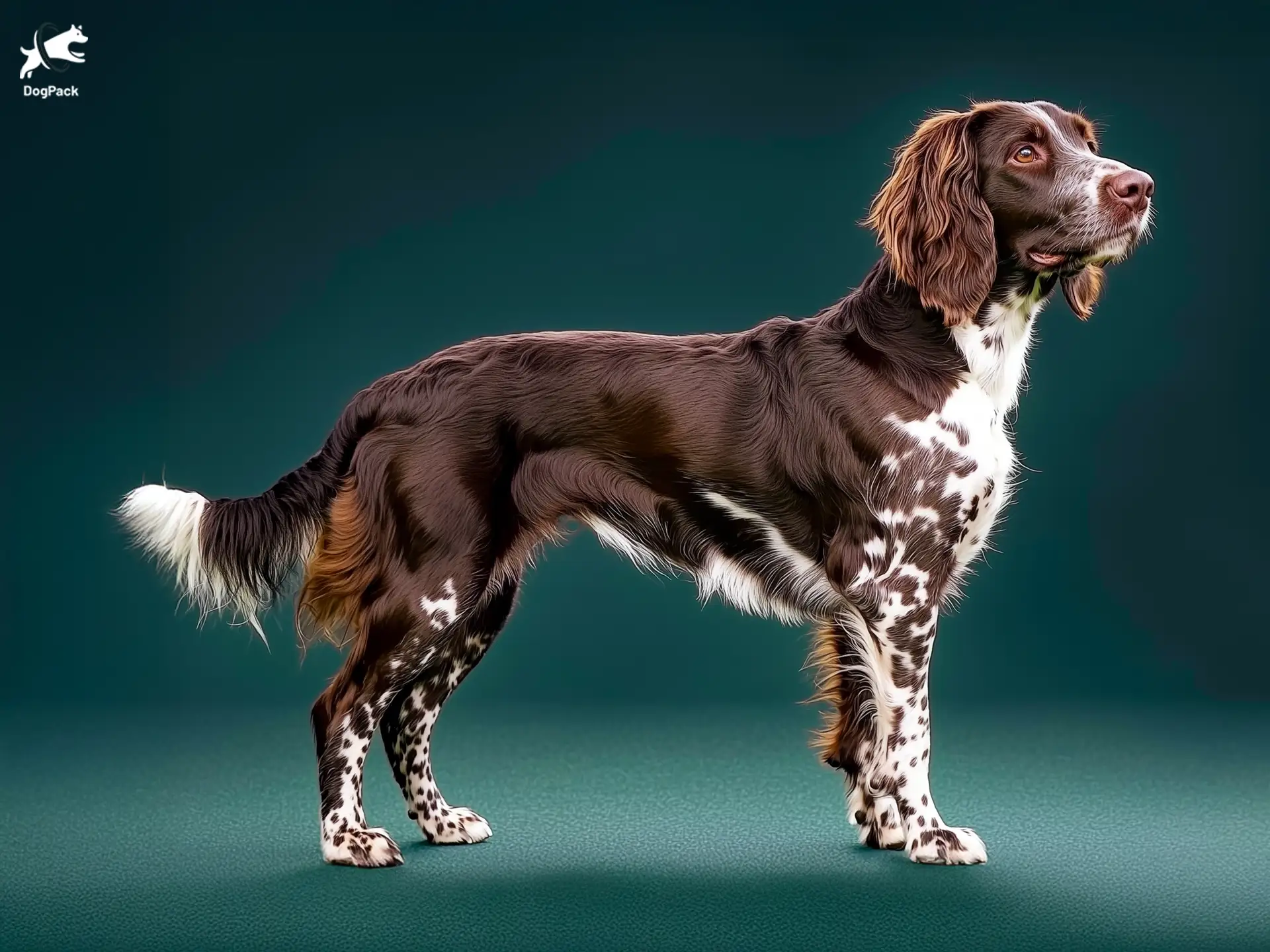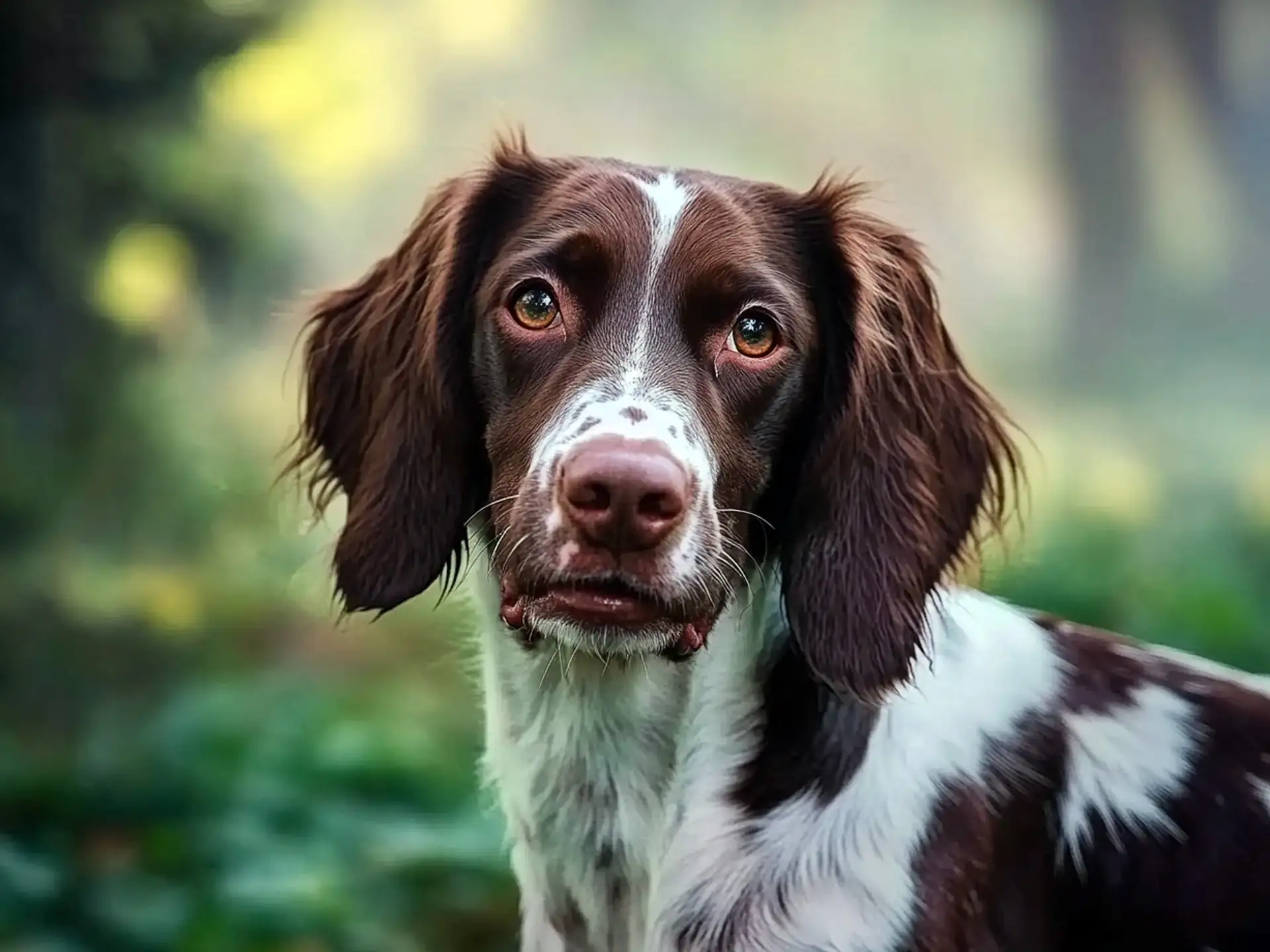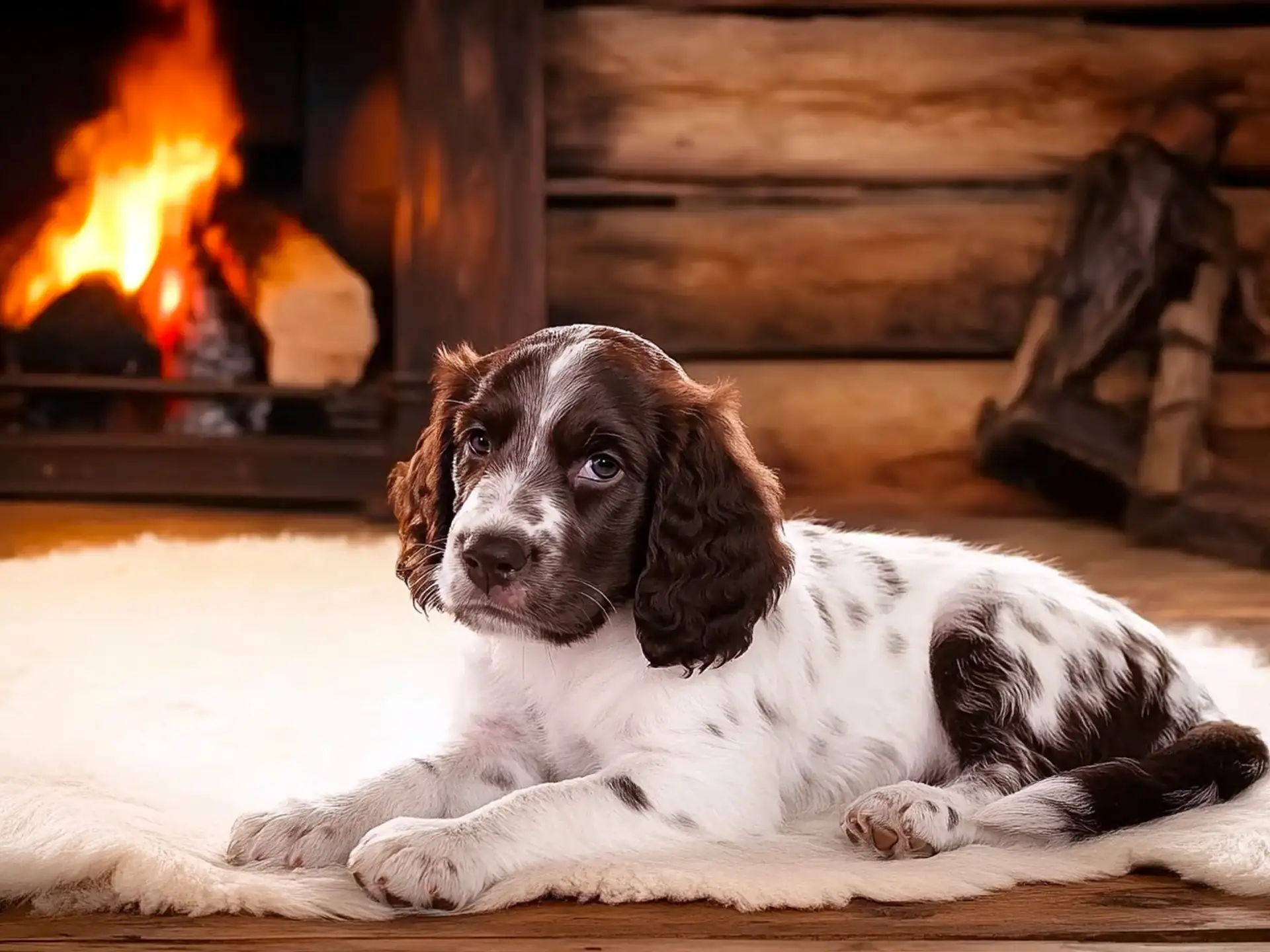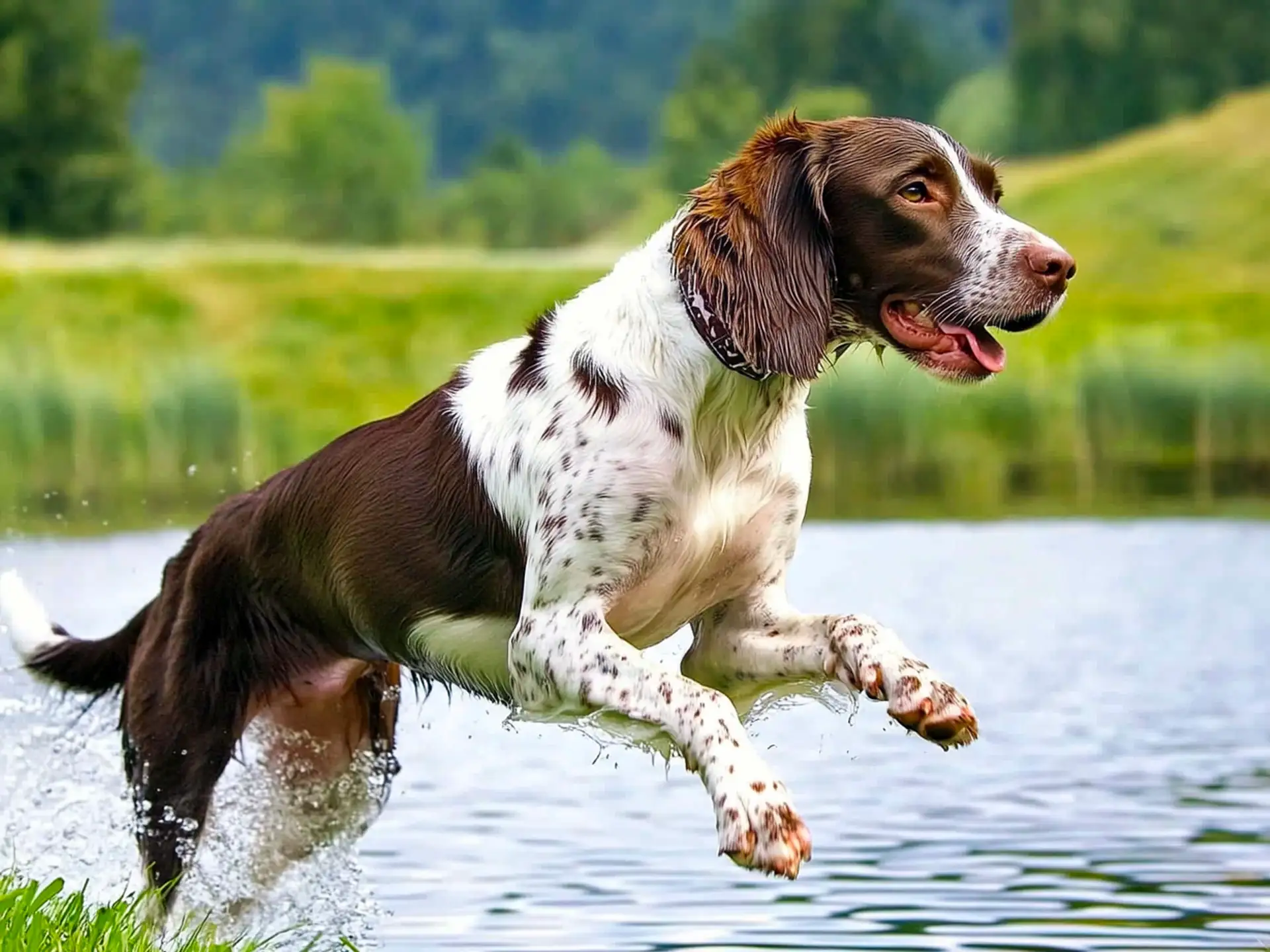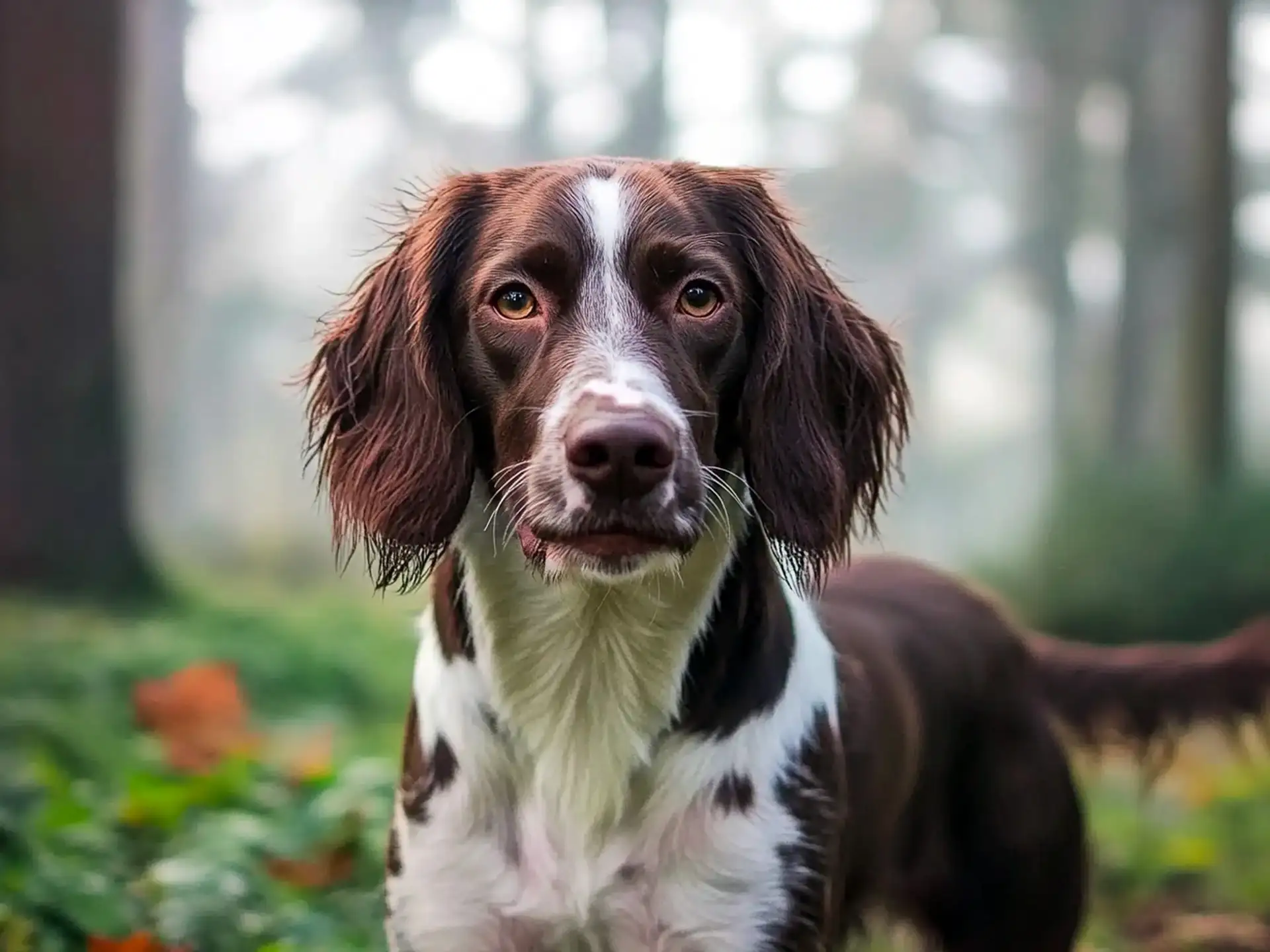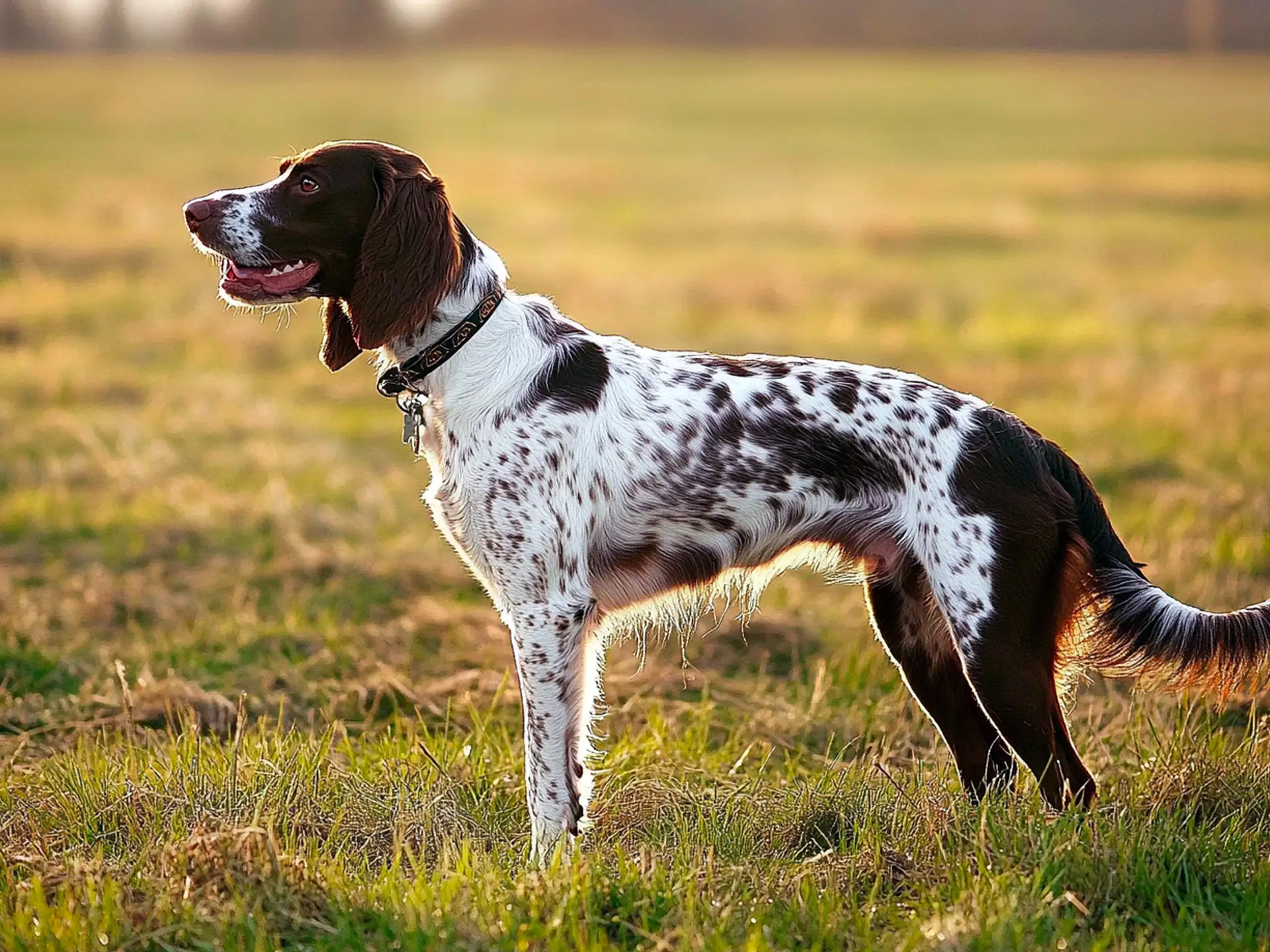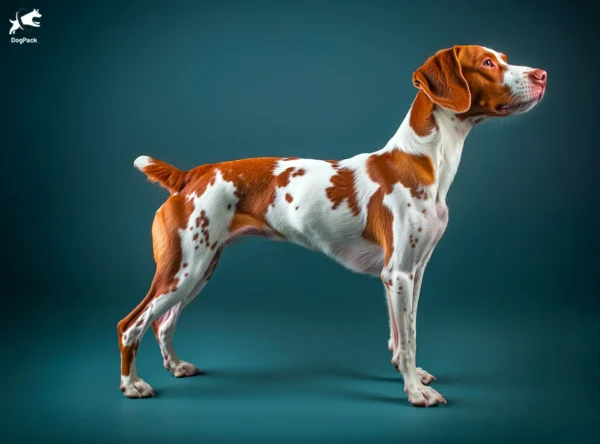Small Munsterlander Pointer Dog Breed Info & Overview
For dog lovers seeking a spirited companion with exceptional hunting instincts, the Small Munsterlander Pointer stands out. It’s an adaptable sporting breed that blends intelligence, loyalty, and boundless energy into a charming package. Whether roaming fields or cuddling at home, they excel as both dedicated workers and affectionate family members.
Characteristics
Pictures
Breed History
The roots of this versatile hunter trace back to 19th-century Germany, where dedicated breeders refined a smaller, more agile gundog for field work. Early enthusiasts prized its keen sense of smell and remarkable tracking skills, shaping a focused canine fit for upland game pursuits. Over time, its exceptional drive and trainable nature solidified its reputation as a prized asset among hunters and sportsmen.
Historically, rural communities relied on these dogs to assist with daily tasks, from locating hidden birds to gently retrieving game. Local folklore recounts small hunting parties marveling at the breed’s enthusiasm in marshes and forests alike. This unwavering work ethic garnered attention beyond Germany, prompting niche clubs to form across Europe to preserve and promote the line’s distinctive qualities.
While they remained relatively rare on the global stage, enthusiasts ensured the Small Munsterlander Pointer’s traits endured. As breed clubs formalized standards, they also nurtured the dog’s social demeanor, making it not just a hunting companion but a beloved housemate. Today, you’ll find these pointers excelling in various dog sports, showcasing the same drive and loyalty that once made them indispensable for European hunters.
Temperament, Personality
This breed exudes an upbeat, curious temperament that draws people in. Its eagerness to please can be seen in the way it learns new tasks, adapting swiftly to household routines. Typically friendly with familiar faces, it may initially reserve judgment on strangers, offering a polite but observant greeting. Over time, consistent socialization curbs any timid tendencies and fosters a well-rounded, confident companion.
Families often appreciate how this dog balances a playful spirit with a strong sense of loyalty. Many owners note their pal’s knack for reading human emotions—a gentle nudge or enthusiastic wag in response to mood changes. Children adore its patience, though early boundaries ensure mutual respect. With other household pets, the dog’s sociable streak usually shines through, especially when introductions are handled thoughtfully.
Given its working background, this pointer thrives when it has a task, whether that’s flushing out wildlife or delighting the kids with a quick game of fetch. Mental engagement keeps boredom at bay, preventing mischief like excessive barking. Ultimately, the Small Munsterlander Pointer loves a home filled with activity and attention. Nurture that dependable, affectionate personality, and you’ll be rewarded with unwavering devotion.
Physical Characteristics
One glance reveals a compact yet athletic build suited for traversing fields or wading through shallow waters. The head and muzzle portray a refined look, balanced by expressive eyes that brim with intelligence. Ears hang with soft feathering, helping channel scents toward a sensitive nose. This sleek but sturdy frame underscores how the breed can bound over obstacles without losing momentum.
A hallmark of this dog is its medium-length coat, typically in white and brown with ticking or patching. The texture feels slightly wavy or straight, providing protection against the elements during hunts. Feathering extends along the chest, ears, legs, and tail, giving a subtle elegance. Overall, the dog’s appearance harmonizes function and form, showcasing a strong yet graceful silhouette.
Owners often comment on the breed’s beautiful markings, which can vary widely from one dog to another. Alongside that eye-catching pattern comes a naturally fluid gait—smooth movements that reflect its purposeful ancestry. Whether alerting to a bird in the brush or simply trotting beside you on a walk, every motion exhibits the combination of agility, poise, and power that defines this versatile pointer.
Health Issues
Like many sporting dogs, this breed can be prone to hip dysplasia, a genetic condition affecting joint alignment. Early detection through regular vet checks and responsible breeding practices helps mitigate issues. Regular exercise and maintaining an ideal weight are also crucial in preventing undue stress on developing joints, ensuring a comfortable, active life well into adulthood.
Eye concerns such as cataracts or progressive retinal atrophy may appear as the dog ages. Watching for warning signs—like cloudiness or night-vision difficulties—and scheduling consistent ophthalmologic exams can address these conditions promptly. Routine veterinary care, including annual checkups and recommended vaccinations, helps protect against parasites and infectious diseases that could impact overall health.
Responsible breeders often conduct health screenings to ensure they’re producing healthy litters with minimal risk of hereditary complications. Prospective owners should inquire about these tests and request documented results. While the Small Munsterlander Pointer generally boasts a robust constitution, a proactive approach—balanced nutrition, ample exercise, and professional checkups—forms the foundation of a long, happy life free from preventable ailments.
Grooming Needs
Though not the most low-maintenance of canines, this pointer’s coat care remains fairly manageable. A weekly brushing session typically suffices to remove loose hairs and keep feathering tidy. Pay close attention to the ears, which can trap debris, especially if your dog frequents the great outdoors. Regular checks help you spot any signs of irritation or infection before they escalate.
Bathing is usually only necessary every few months, unless your adventurer decides to roll in something unpleasant. Using a gentle, dog-specific shampoo protects natural coat oils. Beyond that, monthly nail trims and occasional ear cleaning round out the usual routine. Owners who stick to a consistent schedule often find that grooming sessions become an enjoyable bonding time rather than a chore.
During shedding seasons, brushing might need a slight boost in frequency to keep stray hairs under control. Some owners also trim longer feathering around the paws and ears to reduce tangles or matting. Even so, the Small Munsterlander Pointer’s coat remains relatively straightforward compared to other sporting breeds. With the right tools and a bit of patience, you’ll maintain a sleek, healthy appearance.
Exercise Requirements
Bred for endurance and agility, this dog thrives on active pursuits. Daily walks alone won’t suffice; vigorous play sessions, off-leash runs in safe areas, or interactive games like flyball keep boredom at bay. Many owners find that channeling its hunting heritage—such as retrieving or advanced nose work—taps into natural instincts and helps it burn energy effectively.
When adequately exercised, the breed’s indoor manners shine through. Without outlets, pent-up energy can lead to restlessness, chewing, or other unwelcome behaviors. Consistency is key: regular outdoor time, mental challenges, and opportunities to sniff out new scents satisfy both body and mind. A quick stroll around the block might suffice for some medium dog breeds, but this pointer typically craves more robust adventures.
Tailoring activities to suit your environment can include agility courses, long-distance hikes, or a good old-fashioned game of fetch in the yard. Swimming is another favorite, often appealing to the breed’s water-friendly instincts. In essence, a well-exercised Small Munsterlander Pointer becomes a contented companion, happily curling up at day’s end after its dose of outdoor fun.
Training Tips
With a history of working closely alongside hunters, this pointer benefits from positive reinforcement methods. Treats and praise resonate strongly, motivating it to master commands. Harsh tactics, on the other hand, can dampen its enthusiastic approach to tasks. Start early, introducing basic obedience and socialization to prevent any overprotective or timid behaviors from taking root.
Many owners find success blending short, focused sessions with real-world practice. For instance, recall training near distractions like squirrels or birds helps reinforce reliability. The dog’s innate prey drive can become a training advantage if channeled appropriately—teaching fetch, advanced retrieving exercises, or nose work fosters mental stimulation. Mixing up exercises keeps your pointer from guessing what’s next and promotes steady progress.
Potty training and crate introduction generally proceed smoothly if approached with patience. Break tasks into small steps, praising every success to build confidence. In group classes, the breed’s sociable nature often emerges, helping it adapt to new faces and different environments. Ultimately, a combination of clear communication, positive feedback, and consistent practice leads to a well-mannered Small Munsterlander Pointer ready for any adventure.
Nutrition, Diet
Small Munsterlander Pointers have high-energy needs, benefiting from protein-rich diets that support sustained activity. Many owners opt for premium kibble formulated for sporting dogs, ensuring ample levels of quality protein and moderate fats. Look for brands with real meat as the primary ingredient, avoiding filler-laden foods that can leave your pup lacking necessary nutrients.
Growing pups require balanced portions spaced over three to four meals per day, gradually transitioning to two meals as they approach adulthood. Keep an eye on body condition to adjust serving sizes, as some individuals may need slightly more if they engage in lengthy hunts or vigorous training sessions. Monitoring weight helps maintain optimal health and prevents joint stress from creeping in.
Adult dogs typically consume 2.5 to 3 cups of high-quality dry food daily, divided into two meals. If you’re embarking on intense tracking or long-distance retrievals, consider a performance-focused formula. Supplements like fish oil may bolster joint health and coat condition, but always consult your veterinarian before adding extras to your dog’s regime. By tailoring nutrition to meet specific energy demands, you’ll keep your pointer thriving.
Adoption, Breeders
Finding a reputable source is crucial. Start by contacting breed-specific organizations like the Small Munsterlander Club of North America to explore available litters or rescues. This group often conducts health testing, ensuring puppies come from solid stock. Avoid online ads that lack transparency about the dog’s background, as undisclosed hereditary issues can result in unforeseen vet bills or temperament challenges.
If you decide to go the breeder route, inquire about their screening methods for hips, eyes, and other relevant conditions. Ethical breeders gladly share test results and pedigrees, walking you through every step of the adoption. Those seeking an older companion can look into Petfinder listings, where rescue groups occasionally post pointers that need loving homes ready for a second chance.
Expect waiting lists for such a specialized breed, so patience is key. During the waiting period, research local training facilities or clubs that can help you hone your dog-handling skills once your pup arrives. For prospective owners, adopting or buying a Small Munsterlander Pointer means welcoming both a capable hunting partner and a steadfast family friend into your life—so choose your sources wisely.
Family Pet?
Although originally bred for work, this dog often adapts well to lively family settings. Children appreciate its playful nature, and it’s generally patient with patient kids. Supervised introductions encourage mutual respect, so youngsters learn to handle their new pal gently. Households that thrive on outdoor fun typically see the pointer at its best—eager, affectionate, and always ready to join group adventures.
In multi-pet homes, the breed’s sociability shines with the right groundwork. Early introductions to cats or smaller dogs help redirect any instinct to chase. Providing each pet their own space promotes harmony, reducing competition for resources. Because of its people-oriented personality, this pointer relishes interactions with household members, regularly sidling up for affection and leaning in for an occasional snuggle.
In the day-to-day bustle of family life, a Small Munsterlander Pointer can be a real joy, so long as it gets sufficient exercise and mental engagement. Between park outings, weekend hikes, or even fun backyard games, it bonds deeply with its human pack. If you’re seeking a breed that can switch from game-tracking to gentle playtime, this pointer checks all the boxes.
Right For You?
Ask yourself if you have the energy and space to accommodate an inquisitive, high-drive dog. A casual evening stroll may not be enough stimulation for an eager retriever that thrives on mental puzzles and daily exercise. People who enjoy outdoor pursuits like hiking, field trials, or dog sports will find a perfect match, whereas quieter lifestyles might leave the dog restless.
Consider your living setup: an apartment could work only if you commit to frequent, quality outings. Large fenced yards suit this breed well, allowing them to stretch their legs and indulge in the occasional backyard stakeout for visiting squirrels. If you crave a companion that’s happy to learn, eager to explore, and deeply connected with its family, the Small Munsterlander Pointer may be just the ticket.
Ultimately, there’s more to owning this dog than admiring its good looks. Commitment to training, grooming, and an active lifestyle is essential. Before bringing one home, ensure your schedule can accommodate consistent socialization opportunities and meaningful daily engagement. If you’re prepared to nurture its hunting background and appreciate the affectionate temperament, you’ll be rewarded with a loyal partner ready for life’s next big adventure.
Conclusion
Curious, energetic, and brimming with talent, the Small Munsterlander Pointer is a sporting dog that excels when given a job to do. For those with an active household, this breed’s enthusiasm and devotion will quickly become part of the family dynamic. With proper training, exercise, and plenty of love, they’ll prove themselves a steadfast companion you’ll be proud to call your own.
FAQs
-
How does the Small Munsterlander Pointer differ from the Large Munsterlander?
The Small Munsterlander Pointer is a separate breed from the Large Munsterlander, despite their similar names. The Small Munsterlander is smaller (20-22 inches vs. 23-26 inches) and originated from spaniel-type hunting dogs, while the Large Munsterlander comes from the German Longhaired Pointer line.
-
Is the Small Munsterlander a good choice for first-time dog owners?
A Small Munsterlander Pointer can be challenging for first-time owners due to their high energy levels and strong hunting instincts. They require consistent training, mental stimulation, and regular exercise, making them better suited for active owners with experience in sporting breeds.
-
Can Small Munsterlanders live in apartments?
While Small Munsterlanders are smaller than many pointers, they are not ideal for apartment living. They thrive in homes with access to large outdoor spaces where they can run, track scents, and exercise daily. Without enough activity, they may become bored and destructive.
-
How rare is the Small Munsterlander Pointer outside of Germany?
The Small Munsterlander is relatively rare outside of Europe, though its popularity is growing in the United States, Canada, and the UK. Many breeders focus on preserving working-line traits, meaning finding one as a companion-only pet can be challenging.
-
What types of hunting is the Small Munsterlander best suited for?
The Small Munsterlander Pointer excels in both upland bird hunting and waterfowl retrieval. Unlike some pointing breeds, they are natural retrievers and can work in dense forests, fields, and even water. Their versatility makes them a favorite among European hunters.
Breed Ratings
The Small Munsterlander Pointer quickly grasps commands and excels in complex tasks, thanks to its keen hunting ancestry.
This breed is generally playful and enjoys interactive games, though it may prefer more structured tasks that tap into its instincts.
High-octane pursuits and long walks are a must; they thrive on activity to stay mentally and physically content.
Expect moderate shedding, especially during seasonal transitions, but regular brushing keeps it manageable.
They have a strong instinct for chasing small animals, consistent with their hunting background, yet with proper training it’s controllable.
Some effort is required for brushing and feathering maintenance, but it’s not overly time-consuming.
Their eagerness to please and sharp mind make them highly trainable, provided you use positive methods.
They prefer the company of their family and can grow anxious or bored if left alone for long periods.
Generally moderate, but they will vocalize to alert you of unfamiliar sights or sounds.
Drool is minimal unless they’ve been sprinting around or waiting eagerly for a treat.
With proper socialization, they tend to get along well with other dogs and enjoy group play sessions.
A robust breed overall, though they can be prone to hip and eye issues, so regular checkups are essential.

